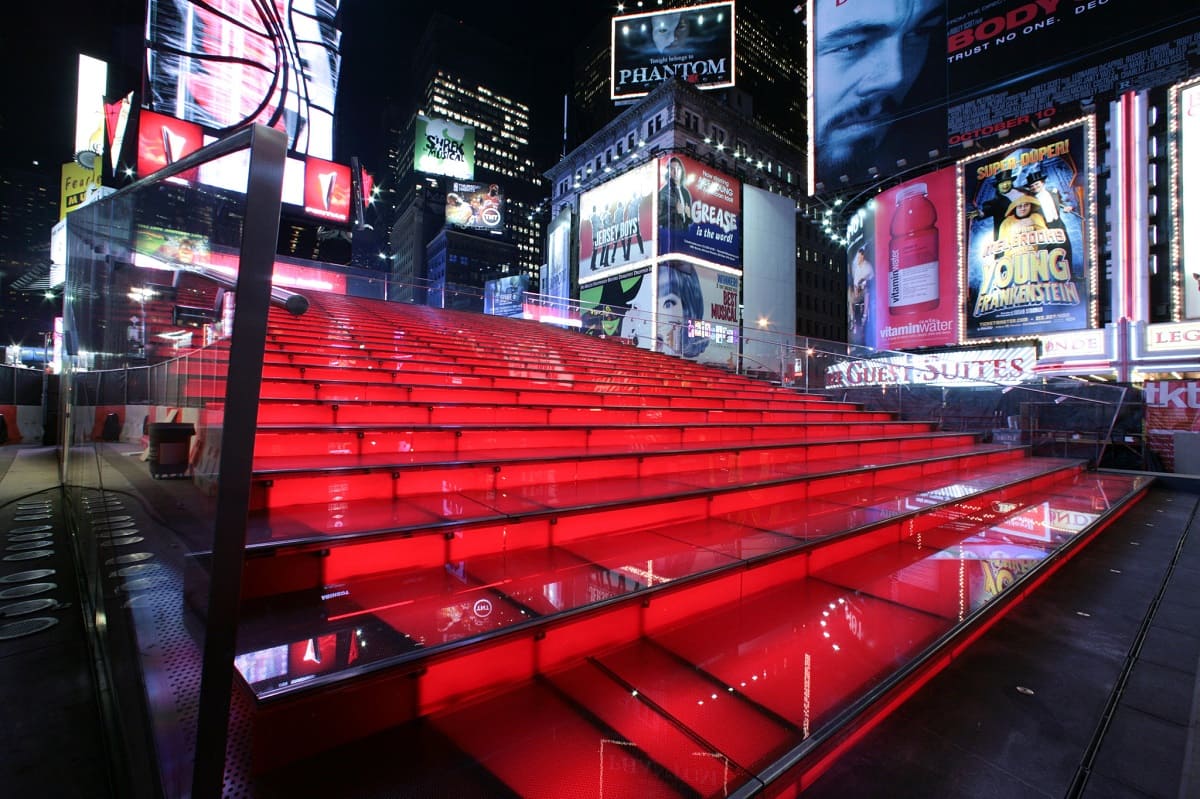

Articles
What Are The Red Stairs In Times Square
Modified: December 7, 2023
Discover the iconic red stairs in Times Square and learn all about their history and significance in this collection of informative articles.
(Many of the links in this article redirect to a specific reviewed product. Your purchase of these products through affiliate links helps to generate commission for Storables.com, at no extra cost. Learn more)
Introduction
Times Square, located in the heart of New York City, is one of the most iconic and bustling tourist destinations in the world. Known for its bright lights, bustling crowds, and larger-than-life advertisements, Times Square is a vibrant hub that captures the essence of the city that never sleeps.
Among the many attractions in Times Square, one feature stands out: the Red Stairs. These striking crimson steps have become an integral part of the Times Square experience and have captured the imagination of both locals and visitors alike.
In this article, we will delve into the history, design, functionality, and cultural significance of the Red Stairs in Times Square.
Key Takeaways:
- The Red Stairs in Times Square are an iconic symbol of inclusivity, accessibility, and community, serving as a vibrant gathering place and a prelude to the magic of Broadway.
- Despite criticisms, the Red Stairs offer a unique vantage point, a platform for artistic expression, and a testament to the resilience and energy of New York City.
Read more: How To Measure The Square Footage Of Stairs
History of Times Square
Times Square, originally known as Longacre Square, has a rich and storied history. In the late 19th century, it was a bustling hub of horse-drawn carriages, theaters, and upscale hotels. However, by the early 20th century, the area had fallen into disrepair and became associated with crime and vice.
In an effort to revitalize the neighborhood, the city of New York embarked on a massive redevelopment project in the 1980s. The project involved the demolition of several old buildings and the creation of new public spaces, including the iconic pedestrian plazas.
As part of this transformation, the Times Square Alliance, a non-profit organization, was formed to oversee the management and improvement of the area. The Alliance recognized the need for a distinct focal point that would draw people in and create a sense of community.
Thus, the idea for the Red Stairs was born.
Inspired by the Spanish Steps in Rome and the TKTS booth, which sells discounted Broadway tickets, the Red Stairs were envisioned as a gathering place for both locals and tourists. The idea was to provide a space where people could sit, relax, and take in the vibrant atmosphere of Times Square.
The construction of the Red Stairs took place in 2008, with the intention of creating a visually stunning feature that would serve as the centerpiece of Times Square.
Red Stairs: An Iconic Feature
The Red Stairs in Times Square have quickly become an iconic symbol of the vibrant and dynamic nature of the area. Standing at a height of 26 feet and comprising 27 individual steps, these crimson-colored stairs draw attention from all who visit.
Designed to be visually striking, the vibrant red color of the stairs creates a bold and eye-catching contrast against the surrounding scenery. It serves as a focal point, inviting people to climb the steps and immerse themselves in the energy of Times Square.
Moreover, the design of the stairs incorporates accessibility features, ensuring that people of all abilities can enjoy and engage with the space. With the addition of ramps on both sides, the Red Stairs provide wheelchair access, making it an inclusive gathering spot for all.
The Red Stairs also serve a practical purpose. They offer a prime vantage point for people-watching, as they provide an elevated view of the bustling activity in Times Square. Many visitors enjoy sitting on the steps, observing the vibrant tapestry of people, flashing billboards, and street performers that make Times Square so unique.
The Red Stairs have also become a popular meeting spot. Whether it’s a group of friends planning their evening, a family taking a break from exploring, or tourists gathering for a guided tour, the stairs provide a designated rendezvous point that is easily recognizable and accessible.
Furthermore, the Red Stairs have served as a backdrop for countless photographs, both for tourists and professional photographers. The vibrant color and distinctive design make for an instantly recognizable and visually striking image that perfectly encapsulates the essence of Times Square.
Overall, the Red Stairs have become an iconic feature of Times Square, attracting visitors from around the globe and solidifying their status as a symbol of the lively and energetic atmosphere that defines this world-renowned destination.
Design and Construction of the Red Stairs
The design and construction of the Red Stairs in Times Square required careful planning and attention to detail. The goal was to create a visually stunning and functional feature that would withstand the test of time and serve as a gathering place for visitors.
The architectural firm, Weisz + Yoes Studio, was tasked with bringing the vision of the Red Stairs to life. Their design incorporated the use of precast concrete, which was chosen for its durability and ability to withstand the heavy foot traffic of Times Square.
The color of the stairs was a crucial element in the design. The deep red hue was carefully chosen to complement the surrounding urban landscape and create a striking contrast against the neutral tones of the buildings and sidewalks.
To ensure accessibility for all, ramps were integrated into the design of the Red Stairs. These ramps allow individuals with mobility challenges, including those using wheelchairs or strollers, to easily navigate the steps and participate in the bustling activity of Times Square.
The construction of the Red Stairs took place over several months. Experienced contractors and construction crews carefully measured, fabricated, and installed each individual step to ensure precision and stability.
Once the stairs were in place, the final touches were added. Handrails were installed for added safety and convenience, providing visitors with a stable grip as they ascend or descend the steps.
The completion of the Red Stairs in 2008 marked a significant milestone in the revitalization of Times Square. The distinctive design and meticulous construction transformed an empty space into a vibrant gathering spot that now serves as an emblem of the bustling energy of the area.
Over the years, the Red Stairs have become an integral part of the fabric of Times Square, attracting millions of visitors who are drawn to their vibrant color and unique design. They have become a beloved landmark, synonymous with the bustling and lively atmosphere that defines this iconic New York City neighborhood.
Usage and Functionality of the Red Stairs
The Red Stairs in Times Square serve a multitude of purposes and have quickly become a versatile and functional space within the cityscape. Their design and placement encourage engagement, providing visitors with a unique experience and enhancing the overall atmosphere of Times Square.
One of the primary functions of the Red Stairs is to serve as a gathering place for locals and tourists. The wide and spacious steps offer ample seating and allow people to come together, relax, and socialize in the bustling heart of New York City. Whether it’s meeting friends, taking a break from shopping, or simply enjoying the vibrant street life, the Red Stairs provide a comfortable and accessible space for people to spend time.
In addition to being a gathering spot, the Red Stairs also serve as an elevated viewing platform. From the top of the stairs, visitors can enjoy panoramic views of Times Square, taking in the dazzling lights, iconic billboards, and energetic atmosphere. This vantage point provides a unique perspective and allows people to appreciate the grandeur of Times Square from a different angle.
The accessibility features integrated into the design of the Red Stairs make them user-friendly for individuals with mobility challenges. The ramps on both sides of the stairs allow for easy access, ensuring that everyone, regardless of their physical abilities, can participate and engage with the vibrant energy of Times Square.
Moreover, the Red Stairs have proven to be a popular spot for street performers, adding an element of entertainment to the experience. Musicians, dancers, and other artists often showcase their talents on the steps, creating a lively and engaging ambiance for passersby. The stairs provide a built-in stage, allowing performers to captivate audiences with their artistry.
Furthermore, the Red Stairs have become a recognizable landmark and meeting point. Many tour groups, both organized and informal, gather at the stairs as a starting point, providing a convenient and easily identifiable meeting spot in the bustling chaos of Times Square.
Overall, the usage and functionality of the Red Stairs in Times Square are diverse and multifaceted. They serve as a gathering place, a viewing platform, an accessible space, a performance venue, and a meeting spot. The stairs have seamlessly integrated into the fabric of Times Square, adding to its vibrancy and becoming an essential element of the neighborhood’s identity.
The red stairs in Times Square are a popular gathering spot for locals and tourists to sit, relax, and take in the bustling atmosphere of the area. It’s a great place for people-watching and to get a unique view of the iconic Times Square billboards.
Read more: How To Layout Stairs With Framing Square
Cultural Significance of the Red Stairs
The Red Stairs in Times Square have gained cultural significance and hold a special place in the hearts of both residents and visitors alike. They have become more than just a physical structure – they have become a symbol of the vibrant energy, diversity, and resilience that define New York City and its people.
One significant aspect of the Red Stairs is their association with Broadway and the performing arts. Located in the heart of the Theater District, the stairs serve as a gateway to the world-renowned Broadway shows and theaters. Many theatergoers pass by the Red Stairs on their way to catch a show, creating a sense of anticipation and excitement. The stairs have become a fitting prelude to the magical experience of the theater, evoking a sense of wonder and setting the stage for an unforgettable evening.
The Red Stairs also symbolize inclusivity and accessibility. Their design, incorporating ramps for easy navigation, sends a powerful message about embracing diversity and ensuring that everyone has equal opportunities to participate in the vibrant life of the city. This commitment to accessibility further reinforces the cultural values of acceptance and inclusiveness that are celebrated in New York City.
Furthermore, the Red Stairs have become an integral part of New York City’s collective memory and serve as a backdrop for countless photographs and selfie moments. They have been captured in memorable images shared on social media platforms, immortalizing the spirit and energy of Times Square. These photographs have spread far and wide, contributing to the global recognition of the Red Stairs as an iconic symbol of New York City.
The Red Stairs also represent a sense of community and the shared experience of being in Times Square. Whether it’s tourists from around the world, local New Yorkers, or performers and artists showcasing their talents, the stairs bring people together. They create a space where individuals from all walks of life can connect, interact, and share in the electric atmosphere of Times Square.
Additionally, the Red Stairs have been the site of numerous cultural events and celebrations. From New Year’s Eve gatherings and performances to public art installations and community festivals, the stairs have become a focal point for cultural expression and collective celebration. They have provided a platform for artists, musicians, and performers to showcase their talents to a diverse audience.
In summary, the cultural significance of the Red Stairs in Times Square goes beyond their physical presence. They symbolize Broadway and the performing arts, represent inclusivity and accessibility, contribute to the collective memory of New York City, and serve as a gathering place for diverse communities. The Red Stairs have become an enduring cultural icon, embodying the spirit and essence of the city that never sleeps.
Maintenance and Upkeep of the Red Stairs
The maintenance and upkeep of the Red Stairs in Times Square are crucial to ensure their longevity and continued enjoyment by visitors. Given the high foot traffic and exposure to the elements, regular maintenance is essential to preserve their structural integrity and visual appeal.
The responsibility for the maintenance and upkeep of the Red Stairs falls under the purview of the Times Square Alliance, the non-profit organization dedicated to the management and improvement of the area. The Alliance works in collaboration with various stakeholders, including the architectural firm responsible for the initial design and construction.
Regular inspections are conducted to assess any wear and tear or potential structural issues. Qualified professionals check for cracks, loose fittings, or any other signs of damage that may compromise the safety or functionality of the stairs.
Cleaning is an ongoing task to ensure that the Red Stairs remain visually appealing and free from litter. Regular sweeping and power washing are conducted, especially after busy periods or inclement weather, to maintain cleanliness and a welcoming appearance.
The vibrant red color of the stairs is also periodically refreshed. The Times Square Alliance oversees repainting projects to ensure that the bright and striking hue is maintained. This process involves selecting the appropriate paint that can withstand the outdoor elements and withstand heavy foot traffic.
Repairing and replacing any damaged or worn-out components is also a part of the maintenance routine. Handrails, support structures, and other accessories are regularly inspected and repaired as needed to ensure the safety and functionality of the stairs.
The Times Square Alliance works closely with the local community and stakeholders to gather feedback and address any concerns regarding the Red Stairs. This collaborative approach helps to identify areas of improvement and implement necessary changes to enhance the visitor experience.
In addition to ongoing maintenance, the Times Square Alliance also plans and executes periodic renovations and upgrades. These projects may involve enhancing accessibility features, expanding seating areas, or incorporating new design elements to keep the Red Stairs fresh and engaging for visitors.
The maintenance and upkeep of the Red Stairs are essential to ensure their long-term durability and continued enjoyment by all who visit Times Square. By staying vigilant and proactive in their maintenance efforts, the Times Square Alliance ensures that the Red Stairs remain an iconic and inviting feature of this bustling New York City destination.
Criticisms and Controversies Surrounding the Red Stairs
While the Red Stairs in Times Square have become a beloved icon, they have not been without their share of criticisms and controversies. As with any public space, differing opinions and concerns have emerged regarding their design, functionality, and impact on the surrounding area.
One critique often raised is the lack of sufficient seating. Despite the wide expanse of the stairs, some argue that there are not enough benches or sitting areas for visitors to comfortably enjoy the space. As a result, during peak periods, finding a place to sit can be challenging, leading to discomfort for those seeking a moment of respite.
Another point of contention is the limited shade available on the Red Stairs. New York City’s scorching summers can make sitting on the hot steps uncomfortable, particularly during peak daylight hours. Critics argue that the lack of shade hampers the overall usability and enjoyment of the stairs, especially during warmer months.
Furthermore, the Red Stairs have been criticized for their maintenance and cleanliness. Despite regular cleaning efforts, the high foot traffic and constant exposure to litter can make it difficult to keep the stairs free from debris. Some visitors have expressed concerns about the cleanliness and hygiene of the seating areas, impacting their overall experience in Times Square.
Additionally, the vibrant red color of the stairs has drawn criticism for potentially clashing with the surrounding architecture and visual landscape. Critics argue that the bold hue distracts from the historic buildings and iconic billboards, disrupting the harmony of the Times Square aesthetic.
Another controversy arose around the accessibility ramps integrated into the Red Stairs design. While the ramps aim to provide wheelchair accessibility, some individuals have raised concerns about the steepness or narrowness of the ramps, making navigation difficult for those with mobility challenges. Critics argue that the ramps should be optimized to provide a more user-friendly experience for everyone.
Moreover, the Red Stairs have faced criticism for their perceived contribution to overcrowding in Times Square. As a popular tourist attraction, the stairs can become congested, especially during peak visiting hours. Some locals feel that the increasing popularity of the stairs detracts from the authenticity and livability of the neighborhood.
It is important to note that these criticisms and controversies are not shared by everyone, and opinions may vary. The Times Square Alliance and the relevant stakeholders continue to address concerns and feedback to enhance the visitor experience and mitigate any potential issues surrounding the Red Stairs.
As with any public space, ongoing dialogue and collaboration are necessary to strike a balance between functionality, aesthetics, and the needs of the community. By actively addressing the criticisms and controversies surrounding the Red Stairs, stakeholders can work towards ensuring that the stairs remain a welcoming and enjoyable experience for all who visit Times Square.
Conclusion
The Red Stairs in Times Square have become an iconic and integral part of the vibrant atmosphere of New York City. Their striking red color, accessible design, and cultural significance have made them a beloved destination for locals and tourists alike.
The Red Stairs serve as a gathering place, a viewing platform, and a symbol of inclusivity in the heart of Times Square. Their design and construction have been carefully planned to ensure both functionality and visual appeal, while regular maintenance efforts help preserve their longevity.
While there have been criticisms and controversies surrounding the Red Stairs, they encourage ongoing dialogue and collaboration to address concerns and enhance the visitor experience. The Times Square Alliance, in partnership with various stakeholders, continues to prioritize the upkeep of the stairs and listens to feedback from the community.
The Red Stairs hold immense cultural significance, representing Broadway and the performing arts, inclusivity and accessibility, shared memories and celebrations. They have become a recognizable landmark that captures the spirit of New York City, providing a platform for community engagement and artistic expression.
In conclusion, the Red Stairs in Times Square not only serve as a functional and visually striking feature but also symbolize the vibrant and diverse nature of New York City. They unite people from around the world, offer a space for connection and entertainment, and contribute to the collective memory of this iconic destination.
So, the next time you find yourself in Times Square, take a moment to appreciate the Red Stairs, climb their inviting steps, and immerse yourself in the energy of one of the world’s most famous urban landscapes.
Frequently Asked Questions about What Are The Red Stairs In Times Square
Was this page helpful?
At Storables.com, we guarantee accurate and reliable information. Our content, validated by Expert Board Contributors, is crafted following stringent Editorial Policies. We're committed to providing you with well-researched, expert-backed insights for all your informational needs.



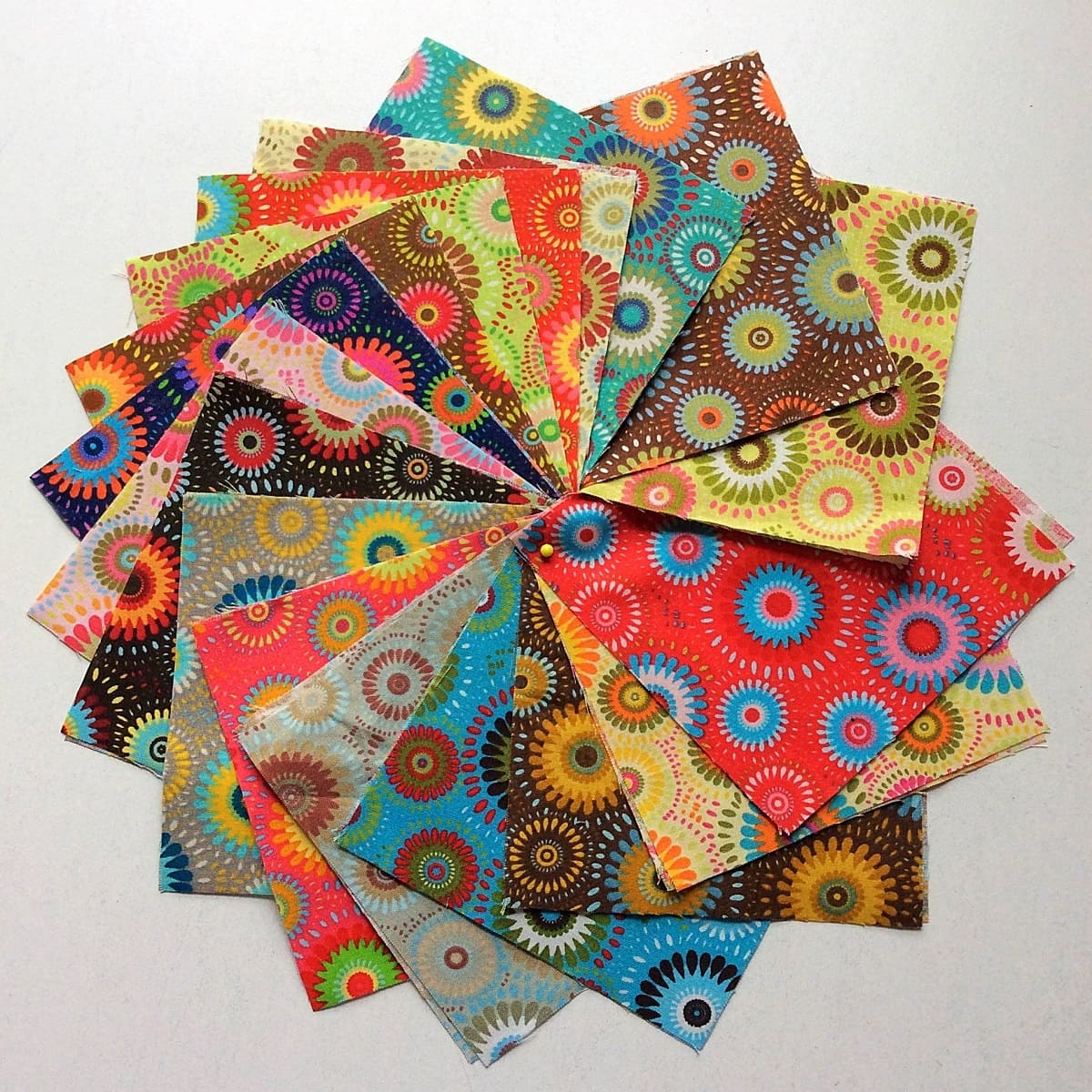
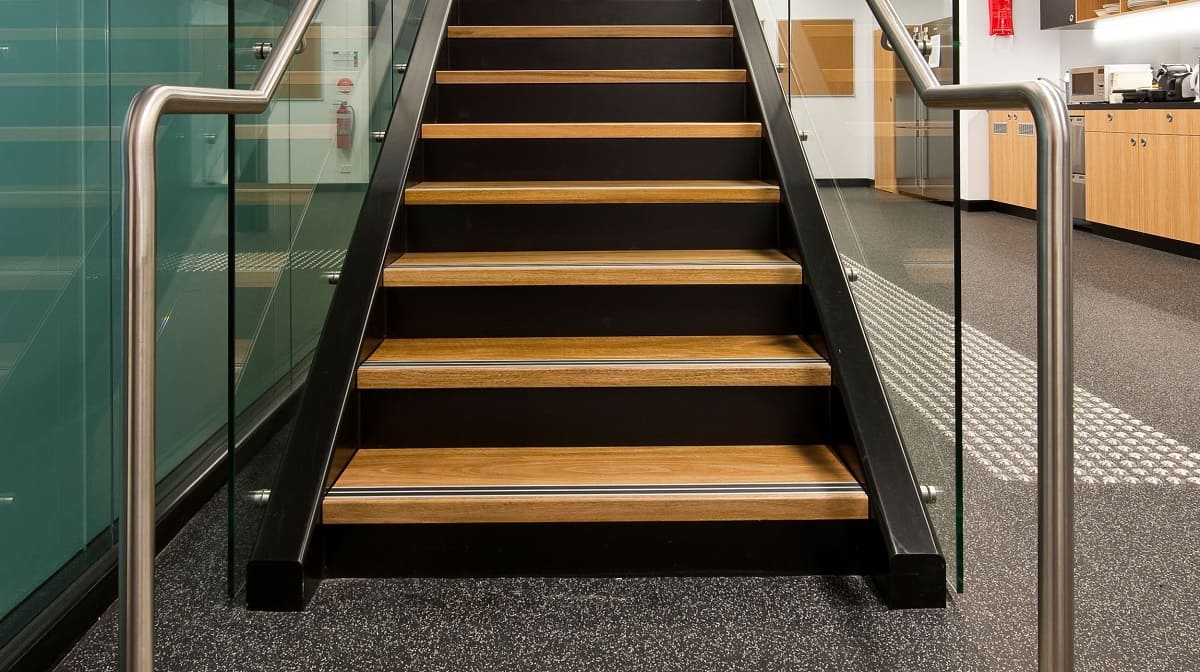




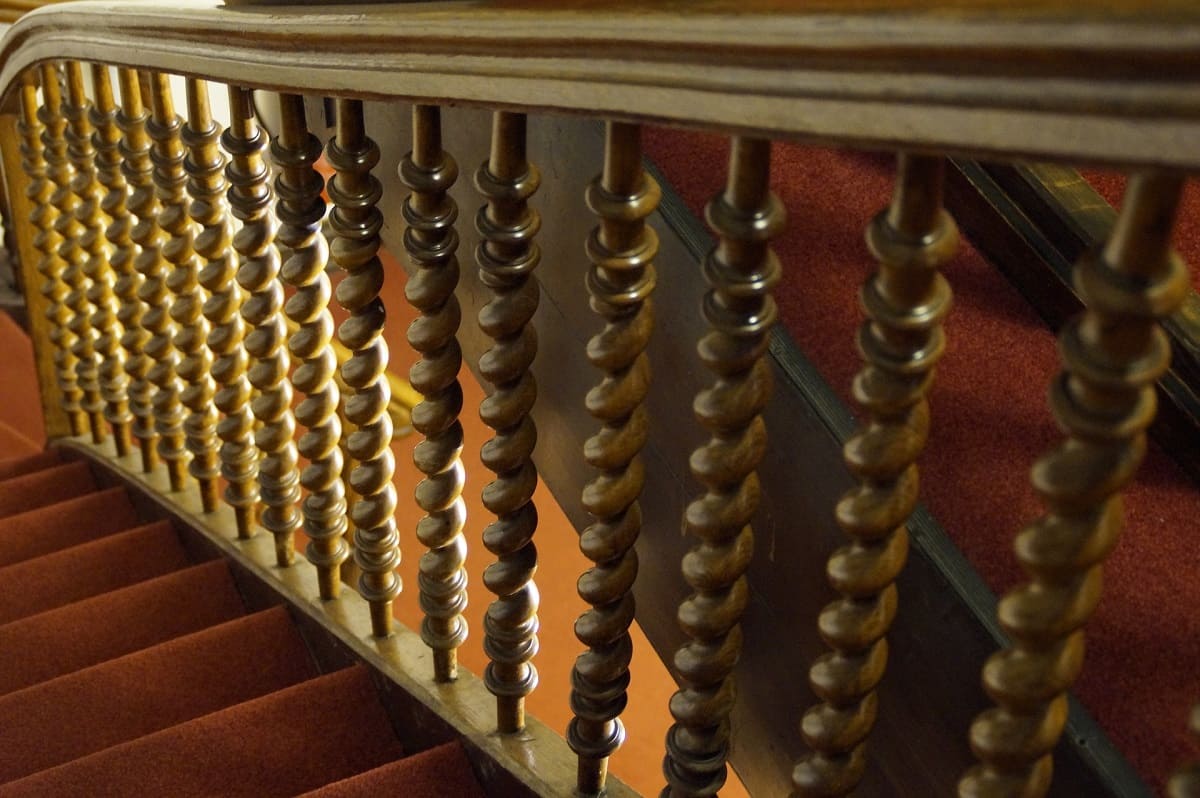



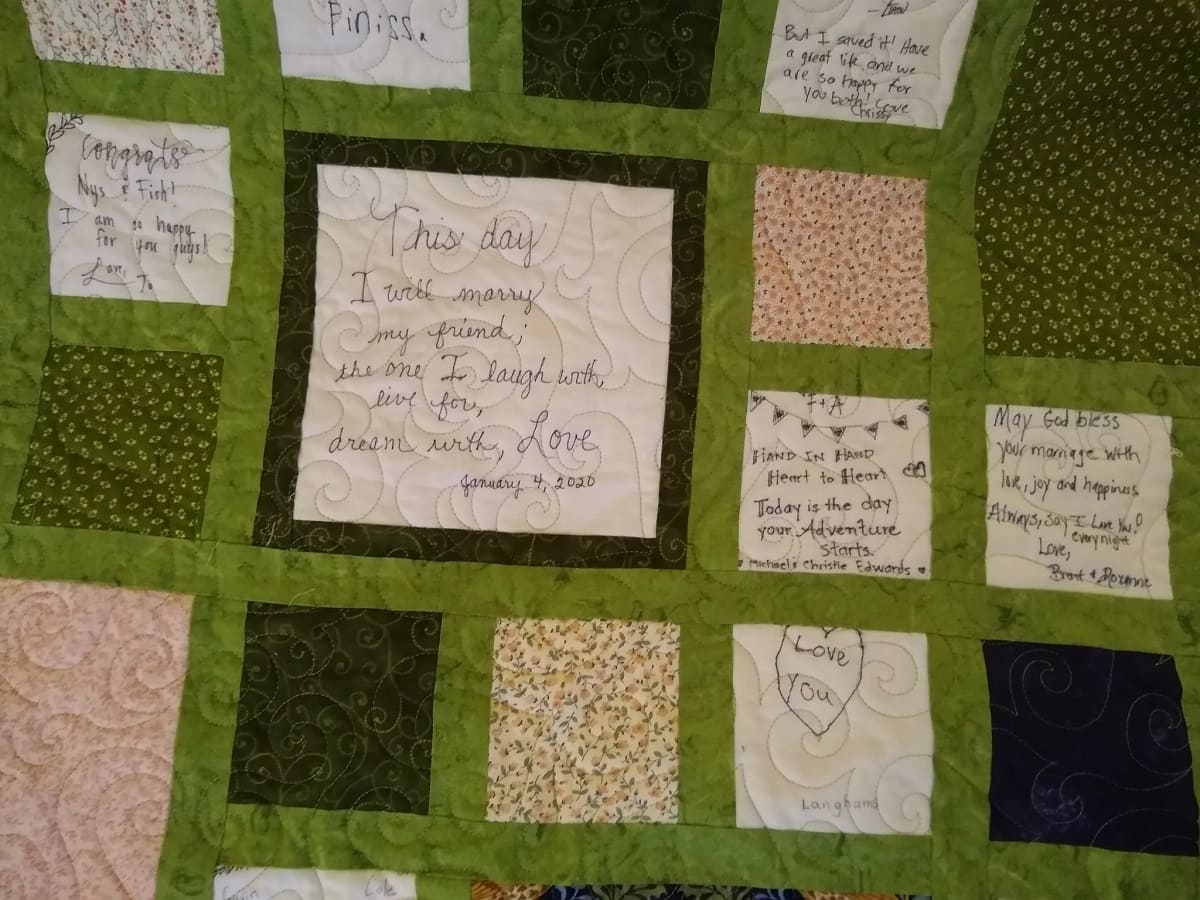

0 thoughts on “What Are The Red Stairs In Times Square”